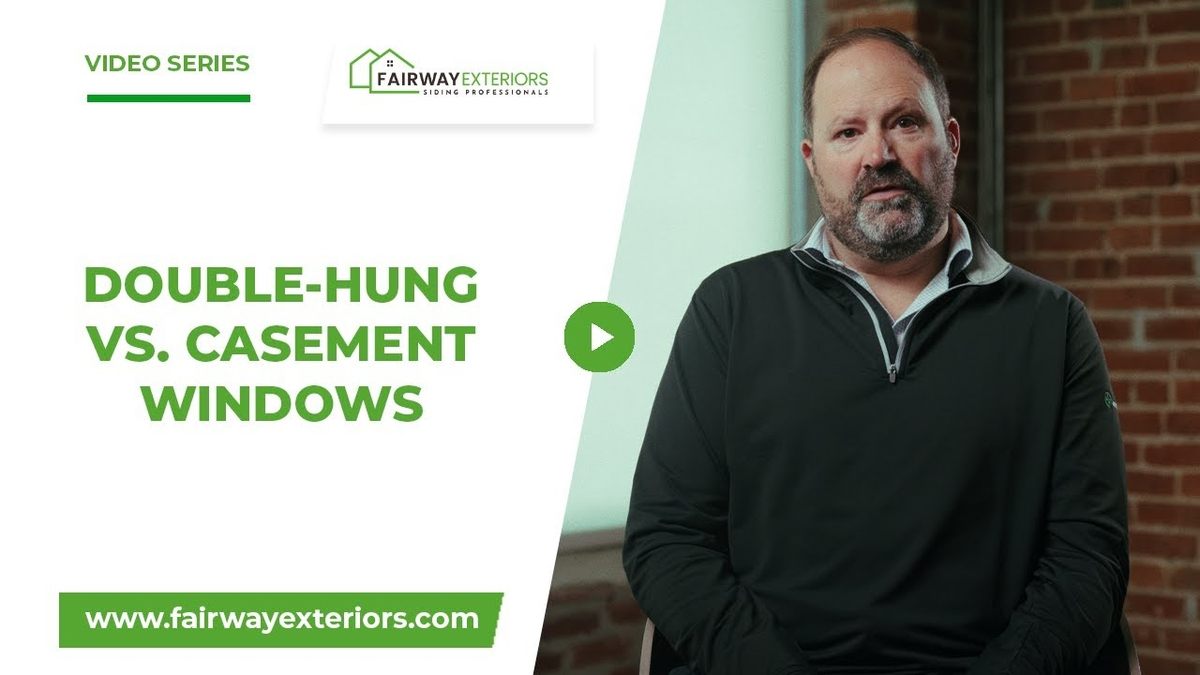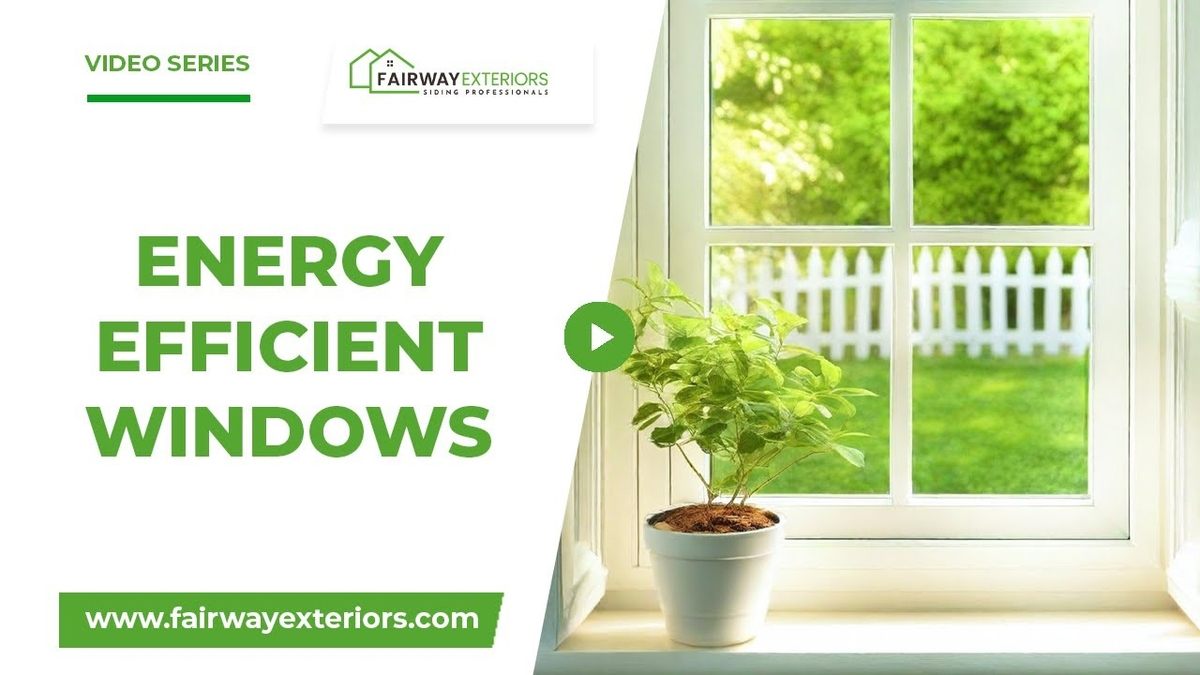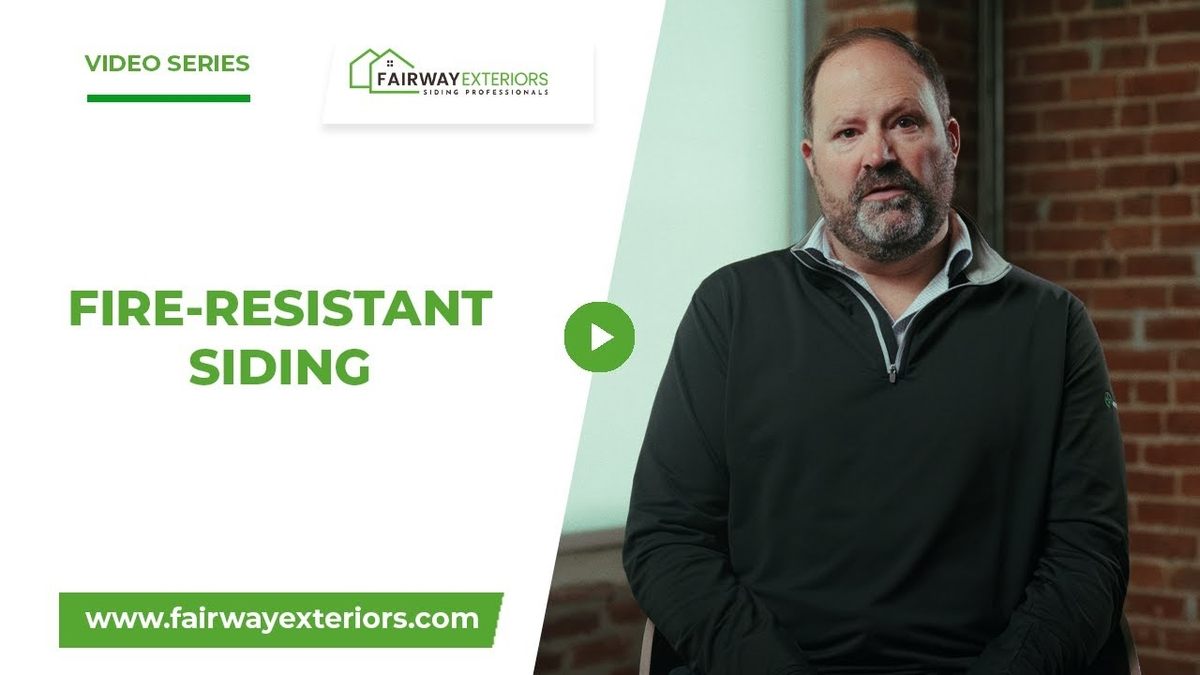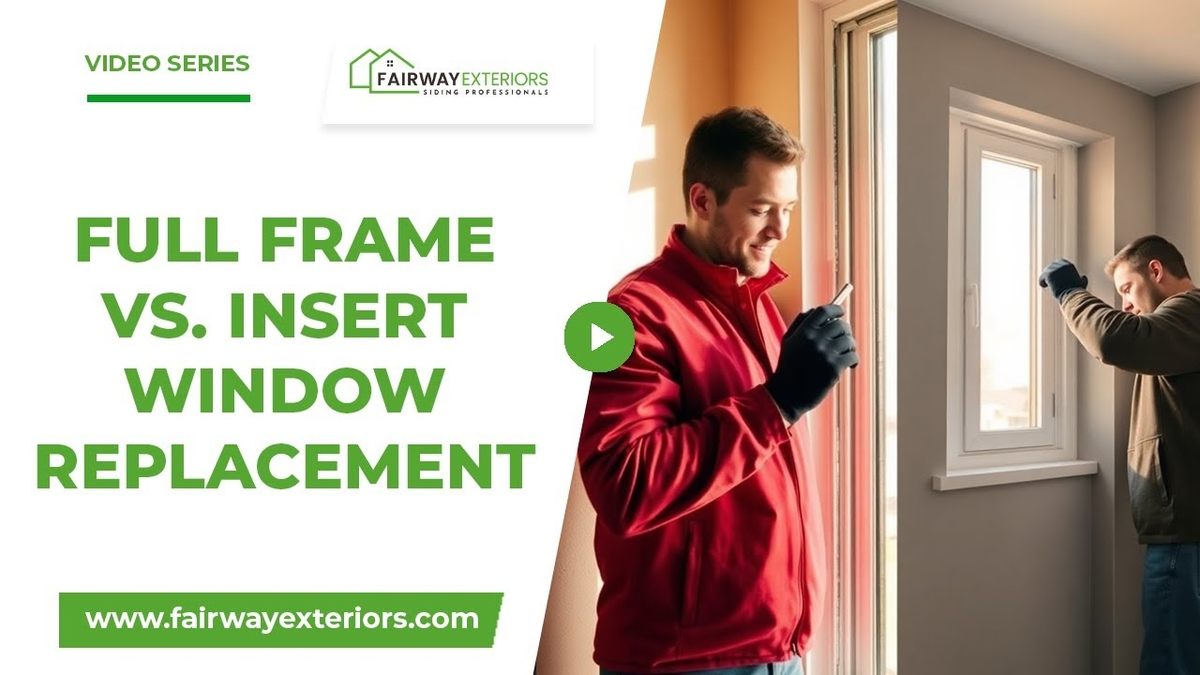When it comes to choosing the right siding for your home, the options seem endless. Among them, composite wood siding stands out as an affordable choice. In this article, we’ll explore the pros and cons of composite wood siding compared to alternatives like James Hardie, shedding light on why some homeowners might prefer it.
Pros of Composite Wood Siding
Affordable and Easy Installation
One of the significant advantages of composite wood siding is its cost-effectiveness. As mentioned earlier, it’s the cheaper option compared to premium alternatives. For homeowners looking to save on upfront costs, this is a compelling factor to consider.
Additionally, composite wood siding is relatively lighter and easier to install. While these characteristics may not matter much to homeowners themselves, they can make installation quicker and more straightforward for professionals. This could translate into reduced labor costs, making composite wood an attractive choice for budget-conscious homeowners.
Cons of Composite Wood Siding
Durability Challenges
However, it’s crucial to acknowledge the limitations of wood siding. Unlike more robust alternatives, wood siding tends to have a shorter lifespan. It is susceptible to issues such as rotting, peeling, and expansion due to moisture exposure. These factors can lead to costly repairs and frequent maintenance, ultimately making wood siding less cost-effective in the long run.
Painting and Woodpecker Issues
Another disadvantage of wood siding is the need for regular painting. When you choose wood siding, you’ll have to hire a painter to coat it in the field. The challenge here is that field-applied paint may not adhere as well as factory-applied finishes, leaving your siding susceptible to weather-related damage and fading. This means more frequent repainting and increased maintenance costs.
Furthermore, woodpeckers can become a constant nuisance for homeowners with wood siding. These birds are attracted to the wood’s texture and can wreak havoc on your siding, creating unsightly holes and compromising its integrity. Attempting to patch these areas won’t deter woodpeckers, who will continue their destructive behavior.
The Long-Term Cost Consideration
While composite wood siding offers initial cost savings, it’s essential to think long-term. The higher maintenance costs, shorter lifespan, and the need for frequent repainting can add up over the years. In contrast, siding options like James Hardie fiber cement may have a higher upfront cost but require significantly less maintenance, saving you money in the long term.
Conclusion
Choosing the right siding for your home is a decision that extends beyond initial costs to consider long-term value and maintenance. Composite wood siding, with its appealing price point and ease of installation, presents a viable option for those prioritizing immediate savings.
However, its susceptibility to environmental damage, maintenance demands, and the nuisance of woodpeckers highlight the importance of weighing these factors against the long-term benefits and durability offered by alternatives like James Hardie. Ultimately, the best choice will align with your priorities, budget, and how you envision the future upkeep and appearance of your home.
If you have any further questions or would like to explore your siding options, feel free to contact us for personalized guidance. Your home’s exterior deserves the best choice that aligns with your needs and ensures long-term satisfaction.









